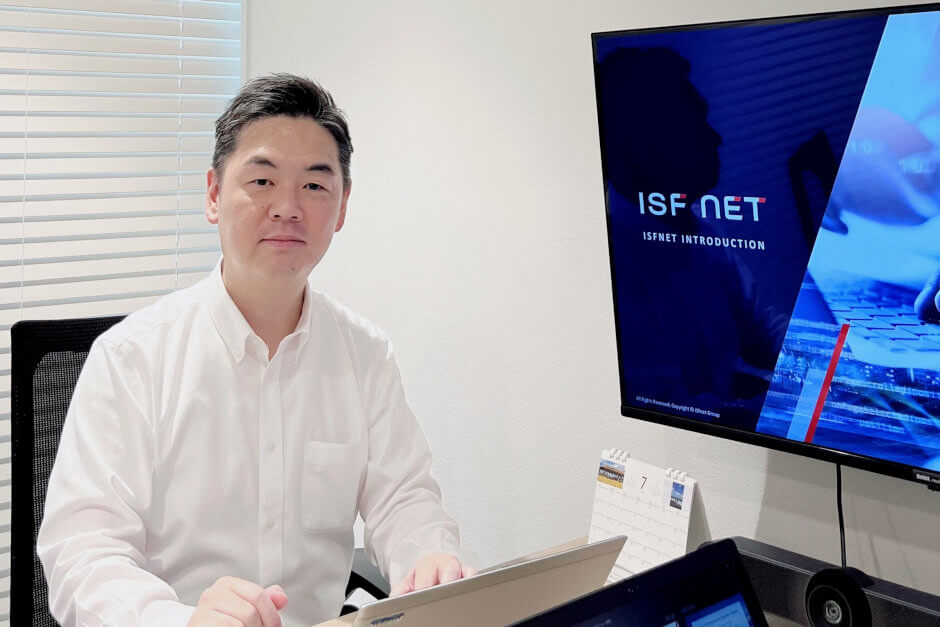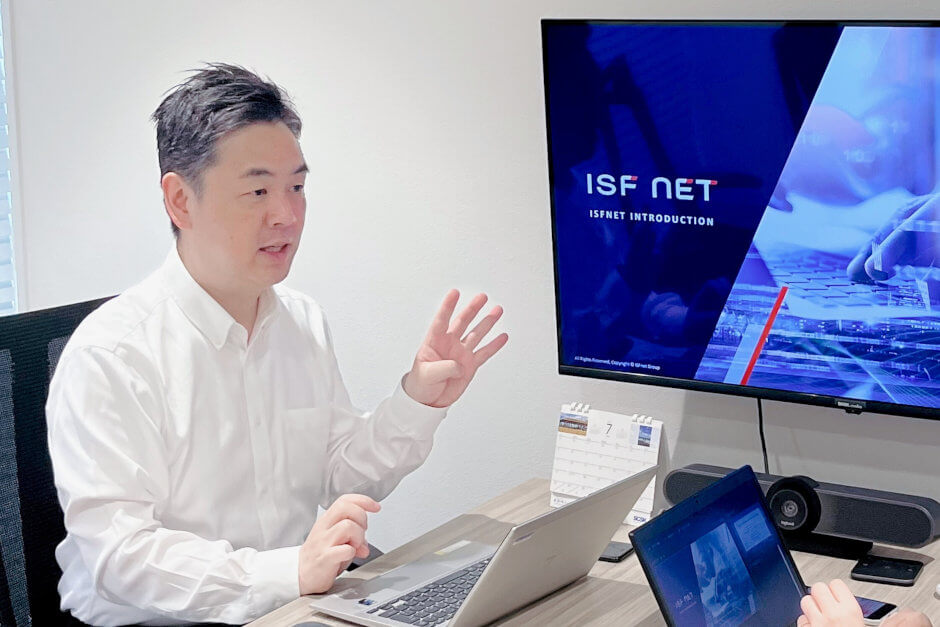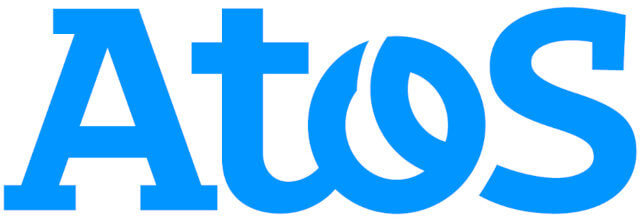How Bridge System Engineers Help Your Business Operate Smoothly Across Borders.
August 21, 2023
“One of the most common issues that companies face doing business in the Japanese market is language.” Wada, ISF NET’s Global Division Head explains. “Managers are sent here from overseas with little or no training in Japanese and are surprised that their Japanese staff’s English skills are not developed enough to participate in the projects they are assigned to.”

The consequences can be serious. Wada explains that miscommunication, cultural misunderstandings, and slow progress lead to distrust and frustration, not to mention the impact on the business overall. “This is particularly true when these problems occur in the IT department since IT is the backbone of all business operations. Many businesses find themselves either assigning bilingual employees to act as interpreters or hiring professional interpreters/translators which drives up costs.”
The best solution, according to Wada, is to hire the right people with the right skills, but in industries like IT, “Competition for skilled multilingual engineers is fierce and recruitment and employment is difficult and expensive. That’s why I think bridge engineers make so much sense.”

1. What is a Bridge System Engineer?
The term Bridge System Engineer is Japanese English and refers to a system engineer (SE) who acts as a cultural and communication bridge between the Japanese side of a business and its overseas IT operations. They are multilingual, comfortable working in both Japanese and foreign business environments, and have strong leadership and interpersonal skills. Their overarching role is to prevent the kind of communicative problems that create interpersonal barriers and disrupt projects.
On a day-to-today level, Bridge System Engineers typically serve as project managers or a project leader. Common projects that use Bridge Engineers include software development programs and system installation and replacement. As such, they are responsible for monitoring the status of a particular project, managing its progress, and coordinating schedules and staffing. They also make sure that all the stakeholders in a project (staff, managers, related-department members, etc.) fully understand the details of a project, translating and explaining the project specifications, user requirements, functional design documents, and other key information.
Once a project nears completion, it is a Bridge Engineer’s final task to diagnose and troubleshoot any pre- and post-launch problems, such as system and software bugs, ensuring multilanguage operability, and helping to train staff on new procedures and processes.
Bridge Engineers can play a defining role in the success of a project which is one of the reasons ISF NET is working so hard to train and develop them to help our clients.
Here are some case studies to give you a clearer picture.
2. Case Examples of Bridge System Engineers.

・Background
Global leader in digital transformation, Atos was asked by its client to deliver comprehensive IT infrastructure services to the client’s branches in Japan and South Korea. To achieve this, Atos had to look for a local partner with sufficient expertise and experience who could bridge the language divide between Atos, their client for whom English was the lingua franca and their Japanese and Korean operations.
・The Issue: Cross Border IT Services and Communications
The end user for this continuing project, a global pharmaceutical company, needed to ensure efficient and uninterrupted business for its worldwide operations. Because previous services had been provided in the local language only this had not always been achieved in Japan and South Korea, as a result the end user had brought in Atos to solve the issue. Atos and the end user had two core requirements. Firstly, they required a robust and reliable IT support system in English and the local language capable of handling a range of issues quickly and effectively. Secondly, they wanted smooth operations and communications between Atos Singapore and end user’s Japanese and South Korean offices for better service.
・Our Solution: Comprehensive and Bilingual IT Support Services
To address the end user’s needs effectively, ISF NET has established a robust support system with multiple layers of assistance led by a bridge system engineer. Our Level 1 support team, consisting of bilingual engineers, handle help desk inquiries and offer multilingual assistance for a range of applications, including Office365, Windows Service Desk, and IOS. For more complex issues, our Level 2 support team, stationed at the end user’s offices, provide on-site support, and troubleshoot issues that come via phone and ServiceNow. Both Level 1 and Level 2 support is logged and tracked using Atos’ administration system in English and ISF NET’s Bridge System Engineers play a key role in service management and communication.
Using bridge system engineers, we have additionally provided project-based support, including PC kitting and hardware replacement. During such projects, our Japanese engineers have been stationed on-site, with the bridge engineer ensuring a seamless transition and minimal disruption to the end user’s operations.
Overall, bridge engineers’ role in these services has been to liaise with Atos, the end user and the engineers providing the services to ensure the smooth planning, implementation, and quality of the services. They act as a channel for the reciprocal communication of information, feedback, proposals for process improvement, and issue prevention.
・The Results: Streamlined IT Operations and Enhanced Productivity
Since the introduction of our Bridge System Engineer led comprehensive IT support services, the end user has experienced a significant improvement in their IT operations. Responsive and efficient Level 1 help desk support has reduced downtime for users, leading to increased productivity. Additionally, having bilingual Level 2 support engineers stationed at the end user’s offices has facilitated smoother communication between the end user and Atos, resulting in quicker issue resolutions and improved collaboration.
The project-based support services have been executed successfully, providing the end user with modern and reliable equipment to enhance their work environment. As a result, the end user’s overall IT infrastructure has become more stable, scalable, and aligned with their business objectives.
Bridge System Engineers have allowed the end user to enjoy hassle-free high-quality IT infrastructure services. They have enabled Atos to strengthen their partnership with the end user and have contributed to the end user’s ongoing success in Japan and South Korea.
As you can see, bridge engineers can be an essential part of your business’s international expansion. Make your business more efficient by hiring a bridge system engineer.
Return to the page of Managed Service of the bilingual help desk and onsite | ISF NET, INC.